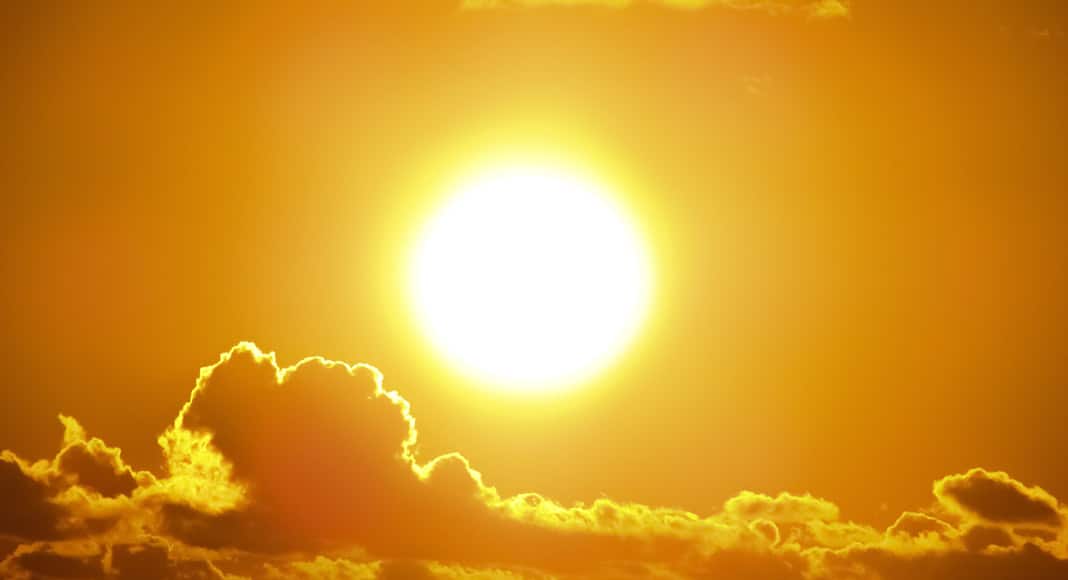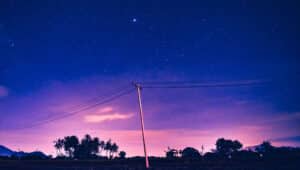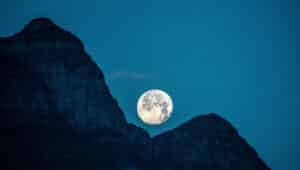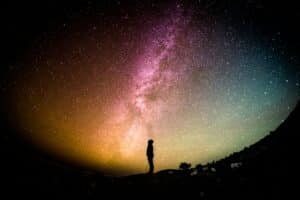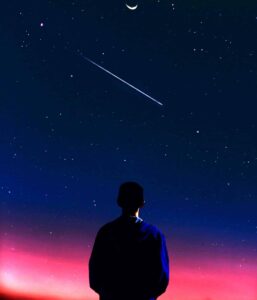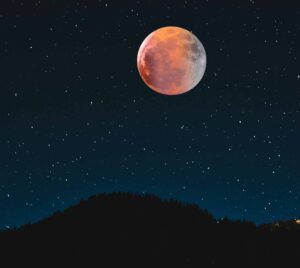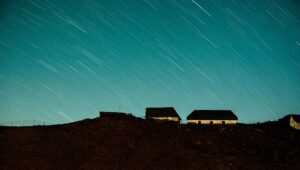Welcome to the July night sky. This is the month in the northern hemisphere of long hot days and dark starry nights. Now looking towards the south, just after sunset, we can see the summer Milky-Way visible from the horizon right up until the Zenith. Also, visible deep inside the Milky-Way, we have the Zodiacal constellations of Scorpius and Sagittarius.
Looking further up the Milky-Way, we come to the three bright stars of the summer triangle – these are Deneb, Vega and Altair. The lowest star of the three is Altair in the constellation of Aquilla the Eagle and it points due south on summer evenings.
Although July is the warmest of the months in the northern hemisphere, the fact is that the Earth is at its furthest point in its orbit from the Sun on the 5th and this means it receives slightly less heat than normal.
The combination of the slowly changing tilt of the Earth axis and its relationship to the changes in distance from the Sun has significant effect on the climate and is the major driver of climate change and the periodic ice ages on a time scale of many thousands of years.
The planets Venus and Mars are now to be seen very low in the west at night fall and, on the evening of the 13th, they will be at their closest together in the twilight sky.
The very thin crescent Moon will be alongside the pair on the 11th and 12th.
The gas giant planets Jupiter and Saturn are now rising in the east and their visibility is improving every night in anticipation of their peak brightness in August.
The almost full Moon will be seen close to Jupiter on the 26th. The elusive planet Mercury will be at its greatest western elongation from the Sun on the 4th, but this means it can only be seen in the early morning, low in the east.
The two best meteor showers in July are the Delta Aquarids on the 28th and the Capricornids during the last week of the month. The Capricornids have been known to produce bright fireballs in the last week of July.
On July 30, the NASA Jupiter probe called Juno is programmed to end its highly-successful mission by plunging in the atmosphere of Jupiter to burn-up in order not to contaminate any of the Moons of Jupiter with organic material.
The Moon is last quarter on the 1st, new on the 10th, first quarter on the 17th, full on July 24 and last quarter again on July 31.
By Clive Jackson
|| features@algarveresident.com
Clive Jackson is the director of the Camera Obscura attraction (next to the Castle in Tavira), specialising in education and public outreach.
281 322 527 | info@torredetavira.com www.torredetavira.com
www.viator.com/tours/The-Algarve/Camera-Obscura-Admission-Ticket/d774-66649P1
To see the July Sky Map click on the pdf link below

